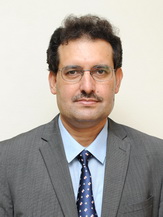The Experimental High Energy Physics (EHEP) Department was established since inception of NCP in 1999. Since then, Prof. Dr. Hafeez Hoorani, Director Research has been heading over the Experimental High Energy Physics (Exp. HEP) Department. Starting from January 2014, the department is now headed by Director EHEP Dr. Ashfaq Ahmad.
The Experimental High Energy Physics (Exp. HEP) department at NCP is playing an active role in the CMS experiment at the LHC since 2000 and collaborating in hardware projects and physics analysis of CMS data. Members of this department have been actively involved in the search for Higgs boson which was discovered by the CMS and ATLAS experiments at CERN in 2012. The large amount of data produced by the LHC has been managed by NCP in real time through Worldwide LHC Computing Grid (WLCG).
Some of the physics and performance studies which are being carried out in the Exp. HEP department are as follows:
- Cross section measurement of single top quark in association with Z boson at 8 and 13 TeV. Both results are published in JHEP and PRL. A high statistics analysis is currently ongoing.
- Cross section measurement of single top quark in association with W and Z bosons
- Study of ttbar cross-section at LHC
- Study of top quark properties at CMS
- Study of RPC performance and maintenance
- Study of coherent noise in Silicon Tracker at CMS
- Study of backplane corrections and Lorentz angle measurements at CMS
On the hardware side the following projects are currently in progress in the Exp. HEP department.
Assembly and Testing of Semi-Conductor Tracker Modules
The NCP is involved in the CMS Tracker Phase-2 Upgrade. The CMS experiment plans to replace the existing Silicon Tracker during the Long Shutdown 3(LS-3) which is scheduled in the year 2024-25. The newer tracker will consist of about 18000 silicon modules, of which around 2000 will be built at NCP. The module built at NCP will be tested thoroughly and the qualified one’s will be sent to CMS/CERN. The project for this task has already been approved by the Govt. of Pakistan. The project is one of the first of it’s kind in Pakistan and will strengthen the know-how about the making and testing of silicon modules in Pakistan.

Fabrication of Carbon-Fiber (CF and Al-CF) Ladders for TB2S Modules
The Silicon modules will be installed on ladders made from CF and Al-CF composite material. The ladders are designed by Pakistani engineers and NCP is responsible for producing these ladders locally in Pakistan. There are about 400 ladders which consists of C-Profiles as well as small and long inserts. More details about the project can be found in the project section.
Assembly and Testing of Gaseous Electron Multiplier(GEM) Modules
The GE1/1 detector for CMS is based on the GEM technology. The GEM based new detector will be installed in the endcap of CMS during the Long Shut down 2(LS-2). The Exp. HEP delartment at NCP is responsible for the assembly and testing of about 20 GEM chambers, which is currently ongoing in our laboratory. Our manpower is also actively contributing to the development of GEM DCS system at CERN. More details about the GEM related work can be found in the project section.

R&D of Resistive Plate Chambers
The Resistive Plate Chambers (RPC) has been one of the flagship projects of the Exp. HEP department which has been accomplished already. Pakistan was responsible for the assembly, testing, installation and commissioning of 320 RPCs for CMS detector. The task was accomplished successfully and the Pakistani built RPCs were used in the discovery of new particles such as Higgs boson. More details about the project can be found under the project section.

Knowing the diversity of Physics studies possible at CMS our students are involved in multiple physics analysis, hardware and performance studies. So far 6 PhD and more than 50 M. Phil theses have been produced on the CMS project at NCP. The students belong to different universities of Pakistan such as QAU, CHEP Lahore, IIU Islamabad, Kohat University and Abdul Wali Khan University.

